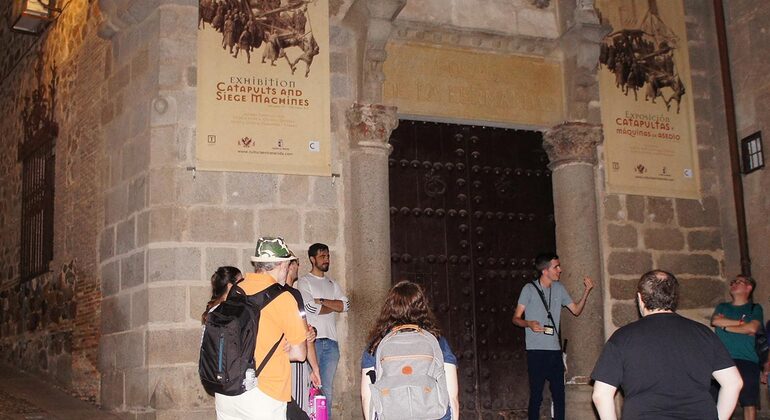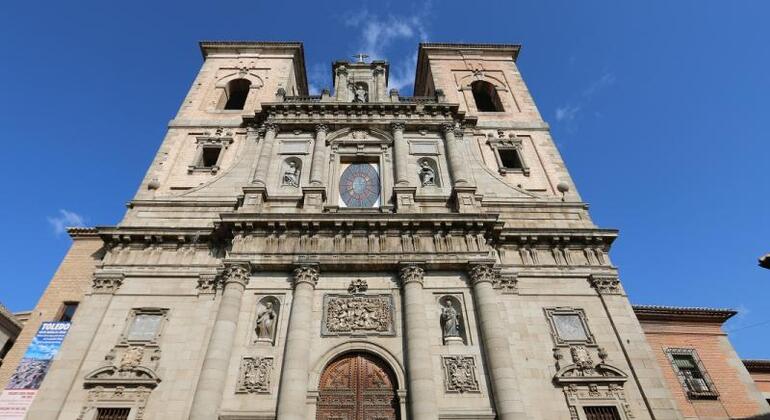Free Tour: Inquisition & Witchcraft Toledo
Discover the fascinating story behind one of the most famous and mysterious institutions in Spanish history. Join us and walk the streets where the condemned marched to their fate, as recorded in the autos de fe.
Things to do Free Tour: Inquisition & Witchcraft Toledo
The Inquisition and witchcraft in Toledo represent a dark period in the history of the city, marked by persecution, fear and superstition. Toledo was an important religious and cultural center during the time of the Spanish Inquisition, which began in the 15th century and continued until the 19th century. The Inquisition was an ecclesiastical tribunal established by the Catholic Monarchs, Ferdinand and Isabella, to persecute and eradicate heresy and other practices considered contrary to the Catholic faith. In Toledo, the Inquisition had a strong control over the population and carried out trials and public executions in places such as the Plaza de Zocodover. Witchcraft, considered a form of heresy, was also persecuted by the Inquisition in Toledo. People accused of practicing witchcraft or sorcery were often arrested, interrogated and tortured to obtain confessions. Sentences could include confiscation of property, public penance and, in extreme cases, execution at the stake.
Included
Meeting point
Plaza de Zocodover, 5 Toledo









